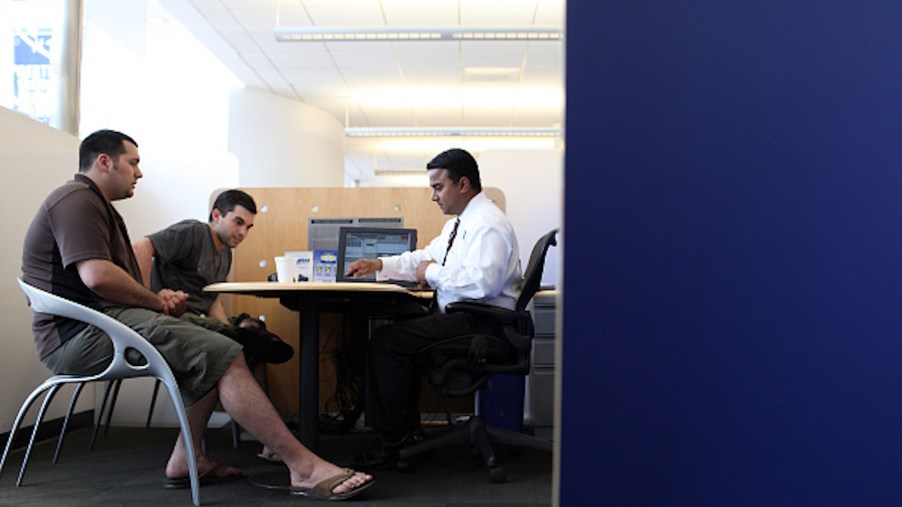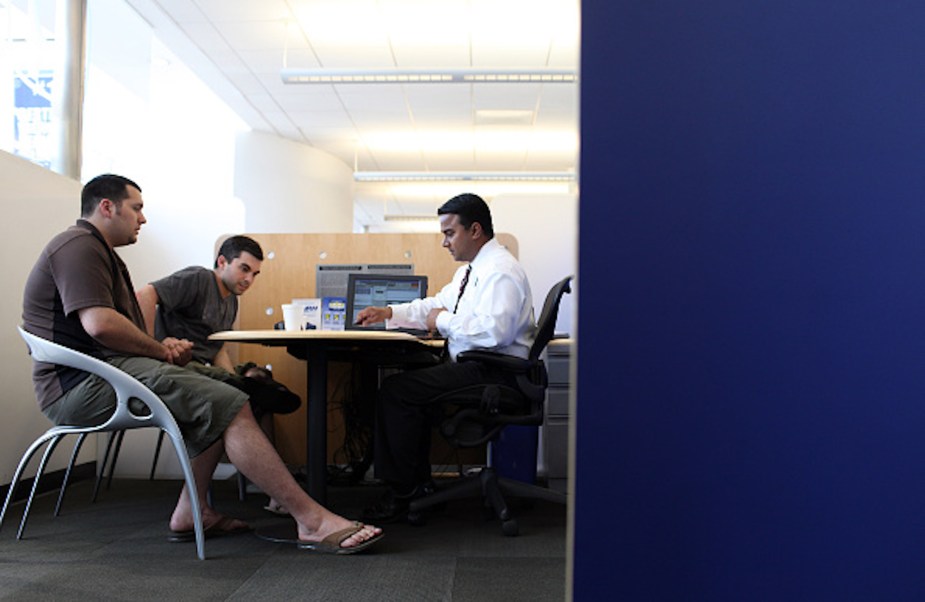
Residual Value of a Leased Car: Everything You Need to Know
When you lease a new vehicle, people tend to focus more on the money needed for the down payment and the monthly payment. They believe those are the only factors affecting them financially, but they don’t stop to consider how the dealership calculates the monthly payment. In this article, we’ll explain the residual value, how it’s determined, and how to calculate a vehicle’s residual value.
What is a residual value?

The residual value is the price you or someone else would pay for a vehicle at the end of the lease. Let’s use a Toyota Yaris as an example. A new Toyota Yaris costs about $19,000 and depreciates 16% after three years. The car’s residual value is now at $15,960 if it’s in perfect condition. The residual value is what you would pay if you decided to purchase the car instead of returning it to the dealer at the end of the lease.
How does the dealer determine residual value?
There are multiple factors the dealer takes into account when determining the residual value of a leased car. These factors include, but aren’t limited to:
- Gas price fluctuations
- General economic conditions
- Perceived reliability of the vehicle
- The perceived safety of the vehicle
- Vehicle brand
Calculating a car’s residual value
It’s relatively easy to calculate a car’s residual value for a car lease, even if you don’t have all the information for the above factors. Using an example of a manufacturer’s suggested retail price (MSRP) of $19,000 for a new Toyota Yaris, at the end of the three-year lease, the expected residual value for the vehicle is 84% of the original MSRP.
Most of the monthly car lease payments come from the difference between the original MSRP and the residual value. In this example, the difference is $3,040 divided over 36 months. Before the dealer adds fees, taxes, and interest, the base payment is $84.
MSRP – Residual value = Depreciation amount
Depreciation amount / lease length = Monthly payments
How to determine a good lease value
Now that you know how the dealer determines the monthly payments on a car lease, you can use the formula above to determine the leased vehicle of your choice. You’ll want to do your homework to find a vehicle with a high residual value at the end of the lease term. A vehicle that depreciates quickly means you’ll have higher monthly payments. Another sign of a good lease is lower fees, or ask if they can waive some fees such as the security deposit.
A third way to determine a good car lease value is a low money factor, also called a lease factor or lease fee, which is the interest you pay on your lease. The lower the money factor, the lower the interest you’ll pay. If you see a money factor number and you’re not sure how high the interest rate you’d pay, all you have to do is multiply the number by 2,400. For example, if you see a money factor of 0.0015 and multiply it by 2,400, you’ll find that the interest rate is 3.6%,
As always, whether you purchase a vehicle or decide to lease, ensure that the combination of monthly lease payments, car insurance payments, and other monthly vehicle costs fall within the recommended 10% to 15% of your monthly income.


